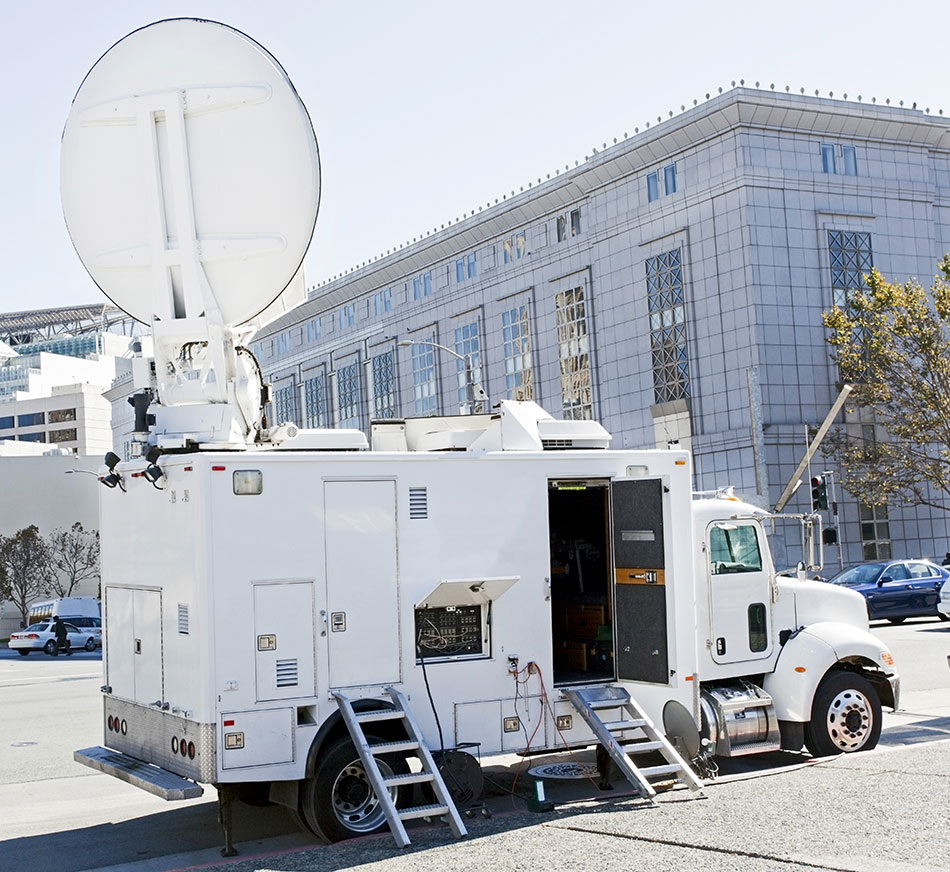Biden DOJ Backs Sharing 6-GHz Band for WiFi
Administration supported Trump FCC’s decision in court brief

The Biden and Trump Justice Departments have at least one thing in common: Both support opening up the entire 6-GHz band for WiFi, a move pushed by cable operators and computer companies.
The Federal Communications Commission, under then-chairman Ajit Pai, voted unanimously last April to allow all 1,200 megahertz of the 6-gigahertz band to be shared with unlicensed WiFi, the regulator’s latest move in freeing up more spectrum for connecting 5G in-home devices — to enable video streaming and video calls — and for connecting internet of things (IoT) devices to the web.
The WiFi Forward coalition, whose members include NCTA–The Internet & Television Association and Google, has said that opening up the GHz band, combined with the FCC’s plan to free up 5.9 GHz spectrum, also for unlicensed WiFi, will add at least $183.44 billion to the U.S. economy over the next five years.
The FCC voted in October 2020 to free up the lower 45 MHz of the 5.9 GHz band for wireless broadband while transitioning the remaining upper 30 MHz to the latest iteration of vehicle-to-vehicle (V2V) communications and cellular vehicle-to-everything (C-V2X) technology.
Broadcasters, telecoms and electric utilities, all using the 6-GHz band, tried to get the FCC to reconsider the decision, concerned about interference from unlicensed broadband access devices. When the FCC rejected that petition, they sued the commission in the U.S. Court of Appeals for the D.C. Circuit, which has principal jurisdiction over the regulator’s decisions.
AT&T, the lead party in the suit against the FCC, other telecoms and utility companies use the spectrum for backhaul. And while the telecoms are all for expanding WiFi, they said the FCC was opening up the entire band without what they argued were sufficient protections for incumbents.
Broadcasters favored protecting those already using the band for electronic news gathering (ENG) by reserving 80 MHz exclusively for journalists, saying there was too much risk of harmful interference to that even-more-crucial service in a time of pandemic.
Multichannel Newsletter
The smarter way to stay on top of the multichannel video marketplace. Sign up below.
The FCC, though, was convinced it could open up the entire band and still protect the incumbents, including by employing power limits.
The Biden administration agreed, to the applause of Google and cable operators. Justice joined with the current FCC on a brief to the appeals court to that effect.
The DOJ said it was satisfied the FCC knew what it was doing in imposing technical and operational limits on WiFi use of the band and deferred to the FCC’s expert judgment that those would prevent harmful interference.
Citing their indoor and outdoor use of the band for ENG, broadcasters were back at the FCC late last month contending there were “no 6-GHz unlicensed deployments that would provide real-world experience supporting the commission’s already tenuous conclusions about the likelihood of interference to licensed services.”
Contributing editor John Eggerton has been an editor and/or writer on media regulation, legislation and policy for over four decades, including covering the FCC, FTC, Congress, the major media trade associations, and the federal courts. In addition to Multichannel News and Broadcasting + Cable, his work has appeared in Radio World, TV Technology, TV Fax, This Week in Consumer Electronics, Variety and the Encyclopedia Britannica.

